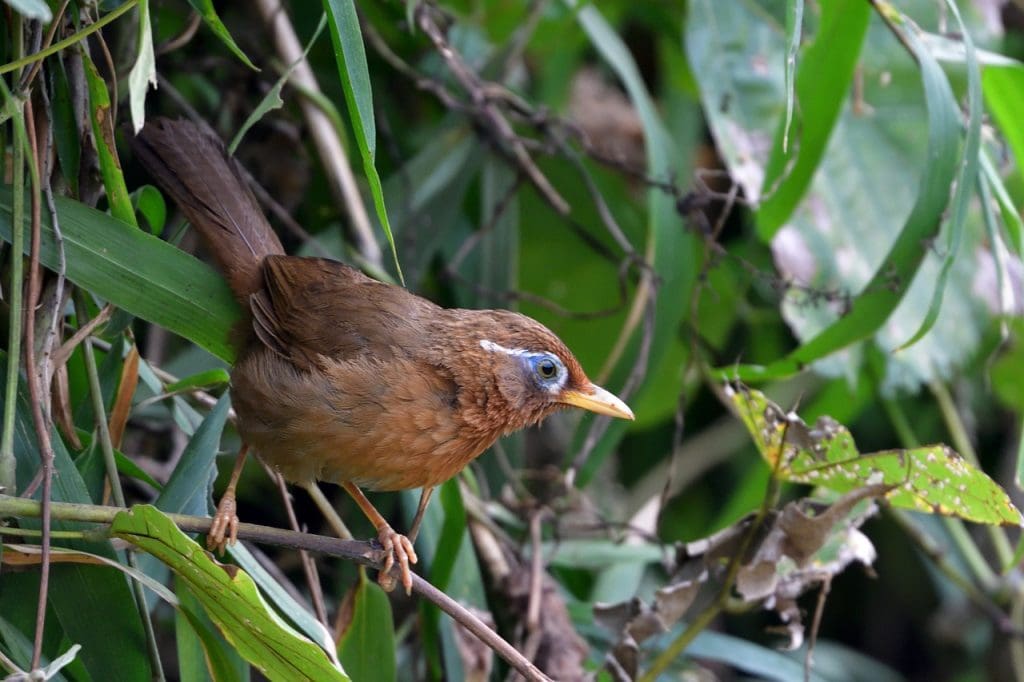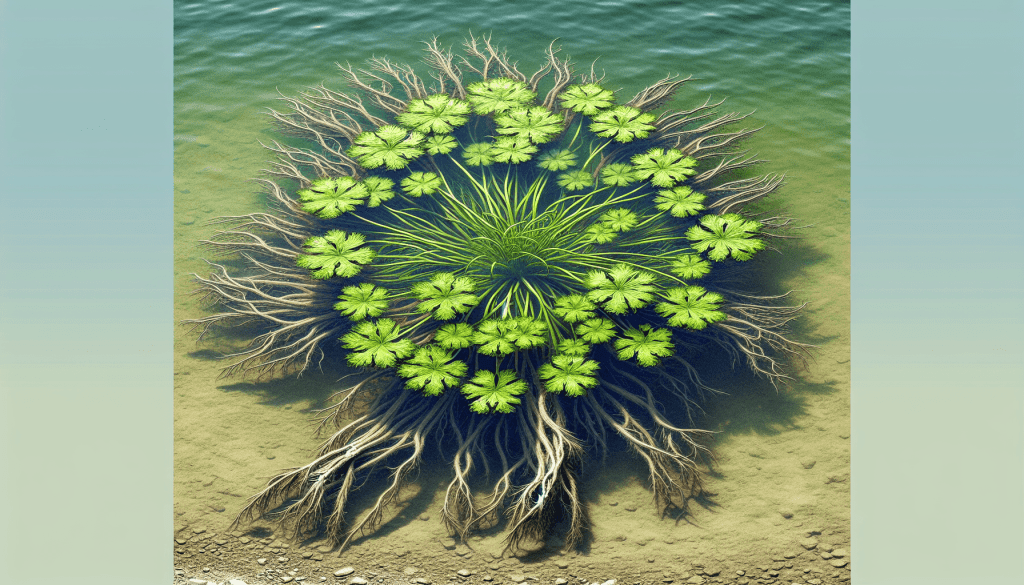Have you ever wondered about the impact of seemingly harmless plants on our ecosystems? One such plant, whose effects can be both surprising and detrimental, is the invasive alligator weed. As we delve into the complexities of this plant, it’s vital to understand its background, ecological impacts, methods of management, and ongoing challenges.

Alligator Weed: An Introduction
Alligator weed (Alternanthera philoxeroides) is a perennial aquatic plant native to South America. It was inadvertently introduced to North America and other parts of the world, where it has become a problematic invasive species. This plant can thrive in diverse environments, including waterways, wetlands, agricultural fields, and even urban areas.
Characteristics of Alligator Weed
Alligator weed is easily recognizable by its hollow stems, opposite leaves, and small, white flowers grouped in clusters. Its robust root system allows it to establish quickly and outcompete native vegetation. This adaptability makes it particularly challenging to manage.
| Feature | Description |
|---|---|
| Origin | South America |
| Stems | Hollow |
| Leaves | Opposite, simple, and spear-shaped |
| Flowers | Small, white, clustered |
| Habit | Perennial, can grow in various environments |
Ecological Impacts of Alligator Weed
Alligator weed infestations can have significant ecological ramifications. By understanding these impacts, you can appreciate the urgency of effective management and prevention strategies.
Displacement of Native Species
Alligator weed’s aggressive growth can displace native plant species. As it monopolizes space, light, and nutrients, the biodiversity of the affected area declines. This displacement can disrupt native plant communities and the animals that rely on them for food and shelter.
Aquatic Ecosystems
In aquatic environments, alligator weed forms dense mats on the water’s surface, which can interfere with water flow, recreation, and navigation. These mats can also reduce oxygen levels in the water, adversely affecting fish and other aquatic organisms.
Agricultural Impact
Alligator weed can invade agricultural fields, where it competes with crops for resources. This competition can result in reduced crop yields and increased management costs. In some cases, the presence of alligator weed can even render farmland unusable.
Economic Impacts
The costs of managing alligator weed infestations can be significant. These expenses encompass labor, herbicides, mechanical removal, and ongoing monitoring. Additionally, there are indirect costs associated with reduced agricultural productivity and ecological damage.

Management Strategies for Alligator Weed
Effectively managing alligator weed infestations requires a multifaceted approach. Below are some commonly used strategies, each with its advantages and limitations.
Mechanical Control
Mechanical control involves physically removing the plant from the affected area. This can include mowing, cutting, or hand-pulling. While this method can be effective in small infestations, it’s labor-intensive and may not be feasible for large-scale invasions.
Biological Control
Biological control utilizes natural predators or pathogens to manage alligator weed populations. For example, the alligator weed flea beetle (Agasicles hygrophila) has been used successfully in some regions. However, the effectiveness of biological controls can vary based on environmental conditions and the presence of the predator or pathogen.
Chemical Control
Herbicides can be used to manage alligator weed, but this approach must be carefully managed to avoid harming non-target species and ecosystems. Selecting the appropriate herbicide and timing its application are crucial for minimizing collateral damage.
| Control Method | Description | Advantages | Limitations |
|---|---|---|---|
| Mechanical Control | Physical removal of the plant | No chemical use, direct removal | Labor-intensive, not suitable for large infestations |
| Biological Control | Use of natural predators or pathogens | Can provide long-term control | Effectiveness may vary, potential non-target impacts |
| Chemical Control | Use of herbicides | Effective for large areas, quick results | Potential collateral damage, environmental concerns |
Integrated Management
An integrated management approach combines mechanical, biological, and chemical methods to provide a more comprehensive control strategy. By leveraging the strengths of each method, integrated management can offer more sustainable and effective solutions.

Prevention and Early Detection
Preventing alligator weed infestations and detecting them early are critical steps in minimizing their impact. Public awareness and education are essential components of these efforts.
Public Awareness
Educating the public about the identification and impacts of alligator weed can encourage early reporting and reduce the likelihood of new infestations. Public awareness campaigns can include informational materials, workshops, and outreach programs.
Monitoring and Reporting
Regular monitoring of susceptible areas can help detect new infestations early, when they are easier to manage. Reporting systems should be established to facilitate the quick response by relevant authorities.

Ongoing Challenges in Alligator Weed Management
Despite the various management strategies available, challenges remain in controlling alligator weed infestations. These challenges can involve both ecological and logistical considerations.
Environmental Variability
Alligator weed’s adaptability means it can thrive in a wide range of environments. This variability complicates control efforts, as strategies that work in one area might not be effective in another.
Herbicide Resistance
Overuse of herbicides can lead to resistance, making chemical control less effective over time. This highlights the need for integrated management approaches that reduce reliance on any single method.
Resource Limitations
Effective management requires adequate funding, personnel, and resources. Budget constraints and competing priorities can hinder efforts to control alligator weed infestations.

Conclusion
Understanding the environmental impact of alligator weed infestations underscores the importance of effective management and prevention strategies. By recognizing the challenges and employing a multifaceted approach, you can contribute to protecting ecosystems and minimizing the damage caused by this invasive species.
Preventative measures and early detection are key components in the battle against alligator weed. As public awareness grows and integrated management strategies are implemented, there is hope for mitigating the impacts of this persistent invader. Together, you can make a difference in preserving the biodiversity and health of affected ecosystems.
